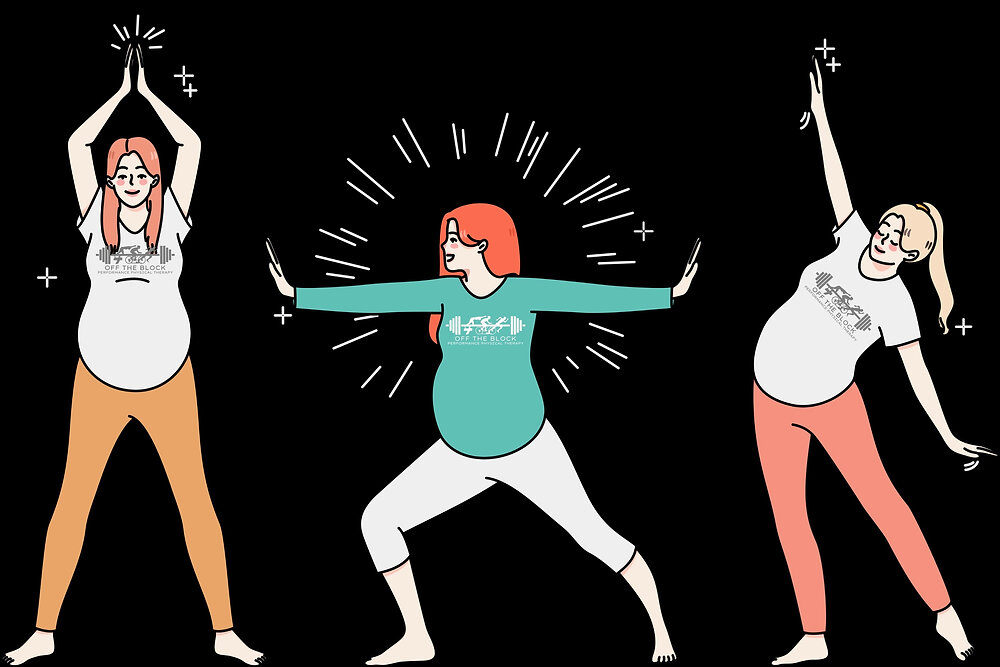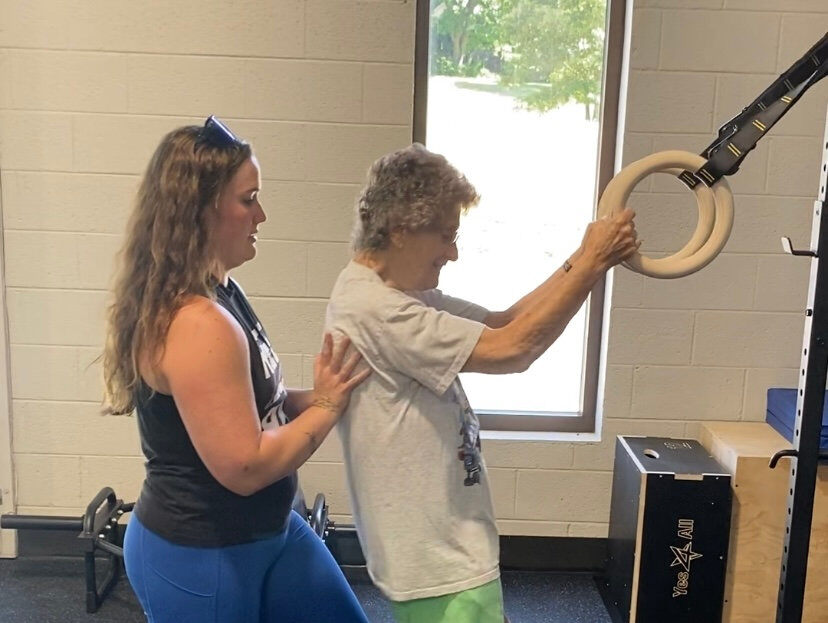The barbell back squat is a fundamental compound exercise that targets multiple muscle groups in the lower body, making it a staple in any strength training program. Whether you're a seasoned lifter or just starting your fitness journey, mastering the barbell back squat can lead to significant gains in strength, power, and overall athletic performance. In this blog post, we will explore key tips and exercises to help you improve your barbell back squat technique and maximize your results.

Establish Proper Form and Technique:
Before loading up the barbell with heavy weights, it's crucial to master the correct form and technique for the back squat. Focus on the following key points:
Foot Position: Place your feet about shoulder-width apart with toes slightly turned out to maintain stability and proper alignment. Everyone’s bone structure is different so play with various foot and hip positioning to find what is most comfortable for you.
Bar Placement: Position the barbell across your upper back, resting it on the meaty part of your traps or just below the base of your neck. Ensure a secure grip on the bar to maintain control and activate upper back muscles for stability by squeezing shoulder blades together and actively pulling down on the bar.
Core Engagement: Brace your core muscles by taking a deep breath and tightening your abdominal muscles. This will provide a solid foundation for the movement and protect your lower back.
Depth and Range of Motion: Aim to squat to at least parallel, where your hip crease is in line with or slightly below your knees. Focus on maintaining proper form throughout the entire range of motion.
Consider variations of the barbell squat:
When performing any variation of the barbell squat, mobility demands must be taken into consideration to perform appropriately. Focus on the following key points:
Low Bar Back Squat: higher demands on shoulder and hip mobility
High Bar Back Squat: moderate demands on ankle, knee, and hip mobility. Longer femur length = more forward lean
Front Squat: higher demands on thoracic, knee and ankle mobility
Strengthening Assistance Exercises:
To improve your barbell back squat, it's beneficial to incorporate specific strengthening exercises that target the muscles involved in the squat movement pattern. Consider adding the following exercises to your training routine:
Front Squats: This variation places more emphasis on the quadriceps and challenges your core stability.
Bulgarian Split Squats: These single-leg squats target the glutes, quadriceps, and hamstrings while improving balance and stability.
Box Squats: Using a box or bench to squat onto and stand up from helps develop explosive power and reinforces proper depth and technique.
Glute Bridges: Strengthening the glutes is crucial for squat performance. Perform glute bridges with resistance bands or a barbell across your hips to activate and strengthen the glute muscles.
Progressive Overload and Variation:
To continually improve your barbell back squat, incorporate progressive overload principles and variations into your training program:
Gradually increase the weight on the barbell as your strength improves. Aim to add small increments each week to challenge your muscles and promote growth.
Vary the rep ranges and intensity of your squats. Incorporate heavy, low-rep sets to build strength and power, as well as lighter, higher-rep sets to improve muscular endurance and hypertrophy.
Experiment with different squat variations, such as low-bar squats, high-bar squats, or pause squats, to target different muscle groups and challenge your body in new ways.
Many of our Easley and Clemson area athletes train and consult with us often about best practice for lifting injury prevention and seek our guidance as movement specialists on the topic of lifting form!
Improving your barbell back squat requires a combination of proper form, mobility, strengthening exercises, and progressive overload. Focus on maintaining good technique, addressing any mobility restrictions, and incorporating exercises that target the key muscles involved in the squat movement pattern. Remember to listen to your body, gradually progress, and seek guidance from a qualified strength and conditioning professional if needed. With consistent practice and dedication, you'll enhance your squat performance, build lower body strength, and achieve impressive results in your fitness journey.
.png?width=1280&height=720&name=Untitled%20design%20(22).png)



